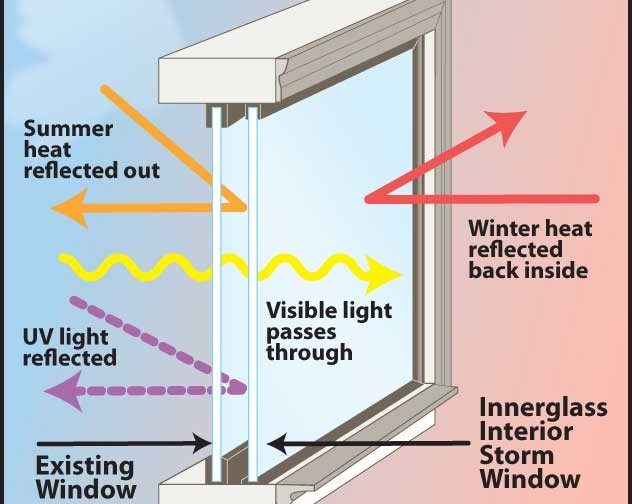All Categories
Featured
Table of Contents
Stay Cool This Summer With Double Glazed Windows - Aaa Glass in Greenwood Western Australia
Glazing just suggests the windows in your home, including both openable and fixed windows, along with doors with glass and skylights. Glazing really simply implies the glass part, however it is generally utilized to describe all elements of an assembly consisting of glass, movies, frames and home furnishings. Taking notice of all of these aspects will assist you to achieve reliable passive design.

Energy-efficient glazing makes your home more comfy and considerably decreases your energy costs. Inappropriate or inadequately designed glazing can be a significant source of unwanted heat gain in summer and considerable heat loss and condensation in winter. Approximately 87% of a house's heating energy can be gained and approximately 40% lost through windows.
Which Double Glazing Company Is The Best? in Calista WA
Glazing is a significant investment in the quality of your home. An initial financial investment in energy-efficient windows, skylights and doors can significantly lower your yearly heating and cooling costs.

This tool compares window choices to a base level aluminium window with 3mm clear glass. Understanding a few of the essential residential or commercial properties of glass will help you to choose the very best glazing for your home. Secret homes of glass Source: Adapted from the Australian Window Association The quantity of light that passes through the glazing is referred to as noticeable light transmittance (VLT) or noticeable transmittance (VT).
Which Type Of Glass Is Best For Energy Efficiency? - A&l Windows in Attadale Perth
This may lead you to change on lights, which will result in greater energy expenses. Conduction is how easily a product conducts heat. This is called the U worth. The U worth for windows (revealed as Uw), describes the conduction of the whole window (glass and frame together). The lower the U worth, the higher a window's resistance to heat circulation and the better its insulating value.
If your house has 70m2 of glazing with aluminium frames and clear glass with a U value of 6. 2W/m2 C, on a winter's night when it is 15C chillier outside compared to inside your home, the heat loss through the windows would be: 6. 2 15 70 = 6510W That is equivalent to the overall heat output of a big room gas heater or a 6.
Why Double-glazed Windows Are A Must in Beechina Western Australia

If you select a window with half the U worth (3. 1W/m2 C) (for example, double glazing with an argon-filled gap and less-conductive frames), you can halve the heat loss: 3. 1 15 70 = 3255W The solar heat gain coefficient (SHGC) for windows (revealed as SHGCw) measures how easily heat from direct sunshine streams through an entire window (glass and frame together).
The lower a window's SHGC, the less solar heat it transfers to the house interior. The real SHGC for windows is impacted by the angle that solar radiation strikes the glass.
Double Glazed Windows Melbourne in White Gum Valley Perth
When the sun is perpendicular (at 90) to the glass, it has an angle of occurrence of 0 and the window will experience the maximum possible solar heat gain. The SHGC stated by glazing manufacturers is constantly computed as having a 0 angle of incidence. As the angle increases, more solar radiation is reflected, and less is transmitted.
Latest Posts
Reglazing Single Glazed Windows With Double Glazed Units in Yokine Western Australia
Double Glazed Windows in Wattleup Perth
Why You Need Secondary Glazing In The Summer in Viveash Perth